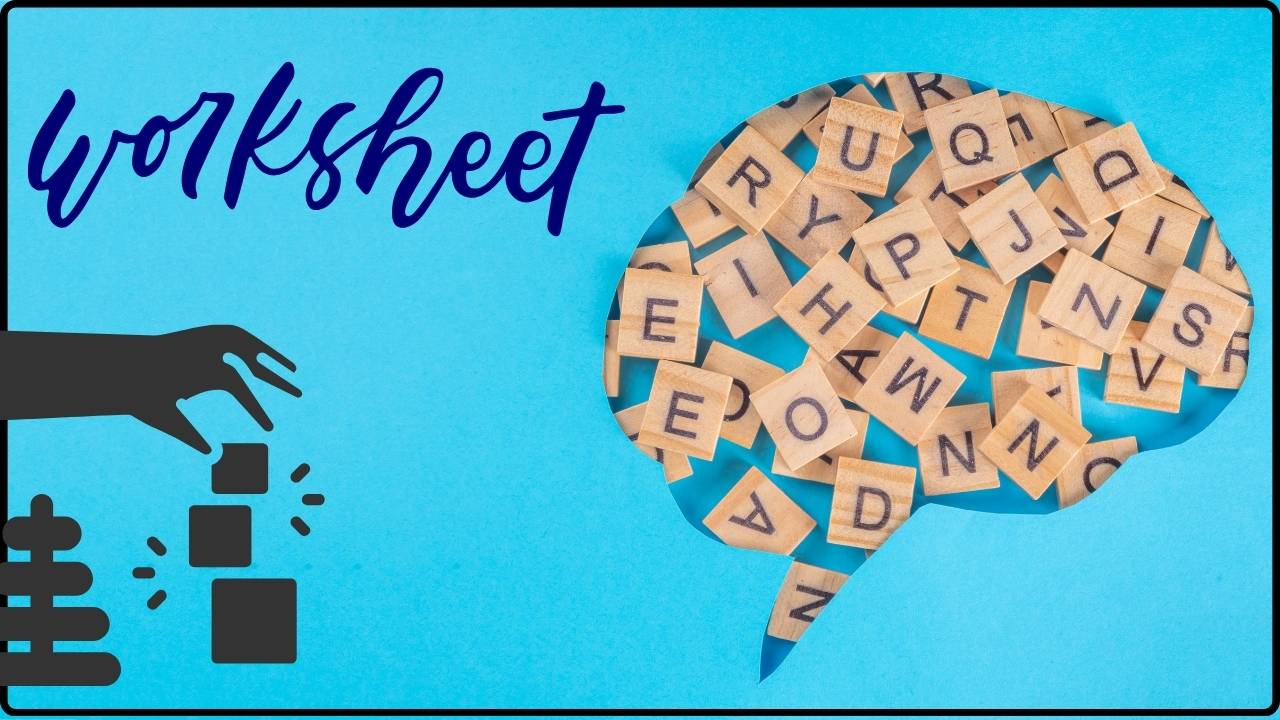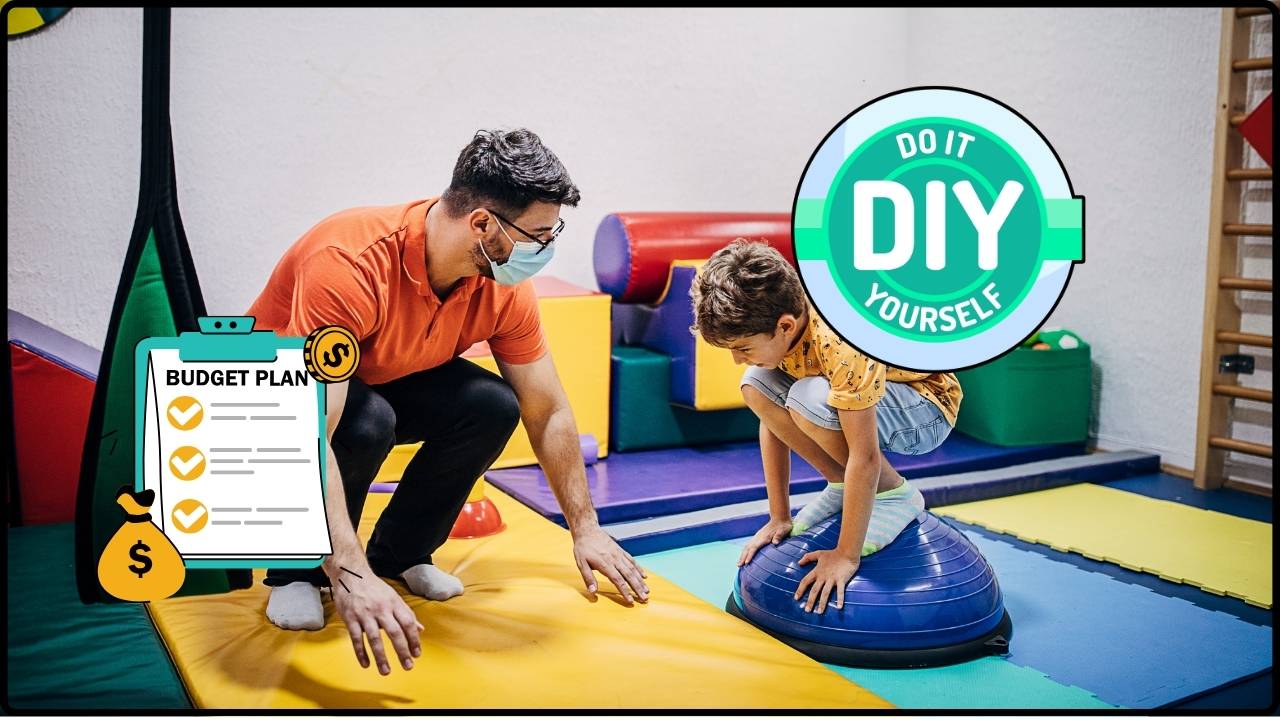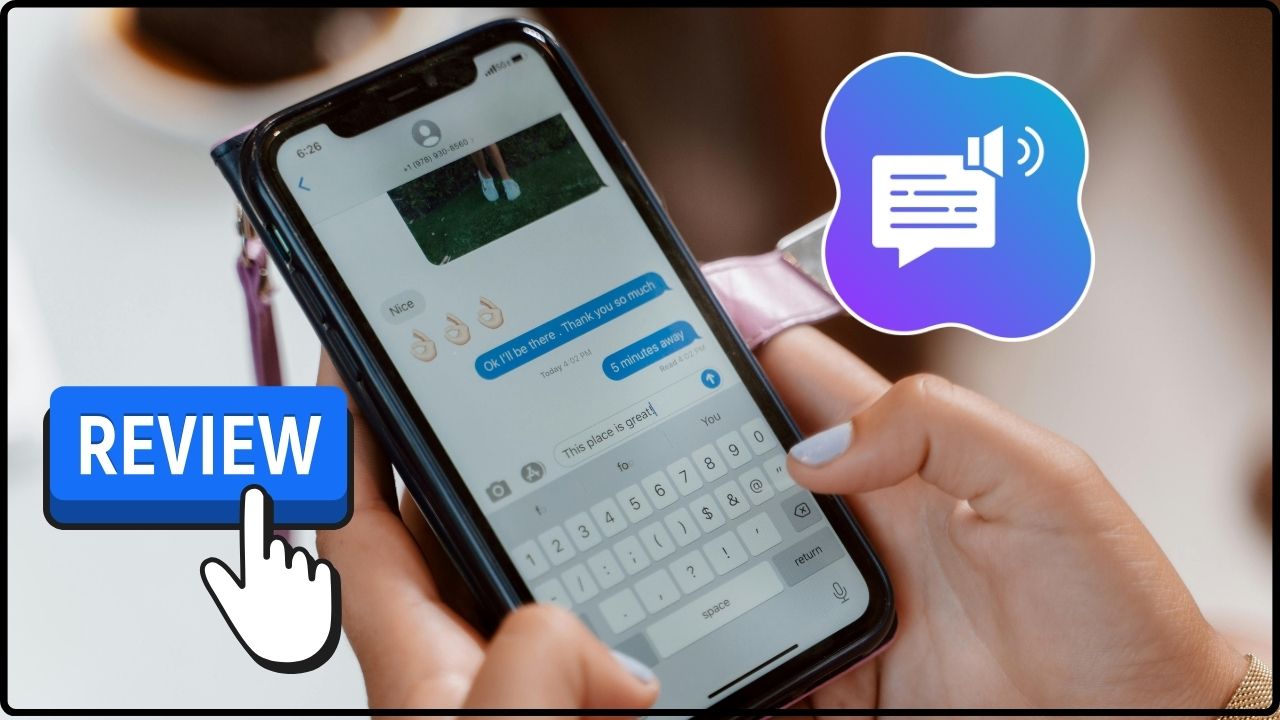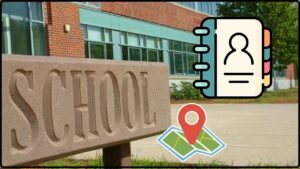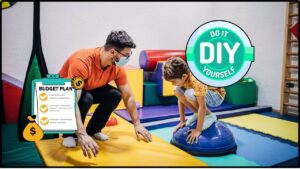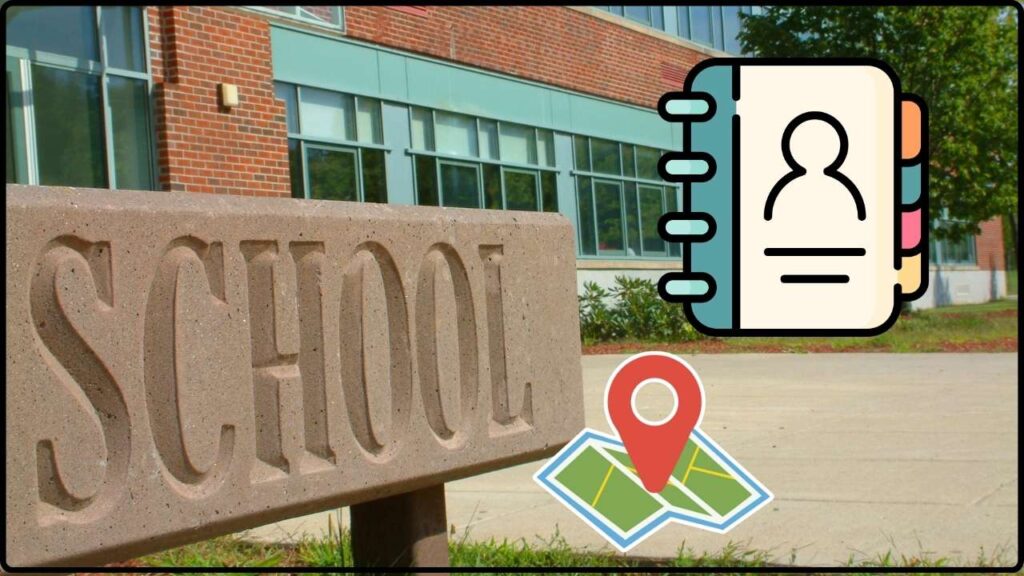
The “Network” Directory: Inclusive education is changing the game in schools across the United States. The Network Directory maps out inclusive model schools that embrace every student—no matter their background or ability. This powerful tool highlights schools leading the way in equity and access, showing what true inclusion looks like on the ground. Whether you’re a parent, educator, or policymaker, understanding this directory helps you tap into the movement that’s shaping the future of American education.
Table of Contents
The “Network” Directory
The Network Directory mapping inclusive model schools is a game-changer for American education. By shining a light on those paving the way, it offers a practical blueprint and inspiration to build schools where all kids feel like they belong—and can thrive. Whether you’re on the front lines teaching or guiding policy, tapping into this directory and its networks puts you in the driver’s seat of true educational equity.
| Topic | Details |
|---|---|
| Number of Participating Districts | 100+ districts in Urban Collaborative across 27 states |
| Student Diversity Statistics | 29.5% Hispanic, 14.9% Black, 5.6% Asian students (2025 data) |
| Inclusion Rate | 70% of students with disabilities spend more than 80% of their school day in inclusive classrooms |
| Professional Development | Continuous training and workshops offered via various networks |
| Official Resources | See Inclusive Schools Network for tools and support |
What is The “Network” Directory of Inclusive Model Schools?
The Network Directory is a centralized listing and map of schools that have been recognized as inclusive model schools—places where kids with disabilities, varied learning styles, and different cultural backgrounds learn side by side with strong supports in place. It’s basically a spotlight on schools rocking inclusion the right way.
This directory lets you:
- Discover vetted schools with proven inclusive practices
- Find resources tailored to creating inclusive classrooms
- Network with educators and leaders across your region and the country
National collaborations like the Urban Collaborative bring together over 100 districts from 27 states to share strategies, while the Inclusive Schools Network offers a worldwide community focused on inclusion tools and advocacy. These platforms serve as dynamic hubs where best practices and innovative ideas in inclusive education are exchanged, helping to drive progress on a systemic level.
Why Inclusive Model Schools Are Essential?
America’s classrooms are hubs of diversity: Over 50% of public school students identify as racial or ethnic minorities. Plus, about 14% of students receive special education services under IDEA (Individuals with Disabilities Education Act). Inclusive schools don’t just accommodate these facts—they celebrate and integrate them, creating spaces where all kids flourish together.
Research confirms students with disabilities in inclusive classrooms do better academically and socially than those in segregated settings. Inclusion also benefits non-disabled peers by fostering empathy, teamwork, and communication skills, preparing them for diverse workplaces and society at large. Moreover, inclusive schooling supports long-term societal goals of equity and social cohesion by breaking down stigma and promoting mutual respect.
Inclusive model schools serve as beacons, showcasing how to deliver these outcomes through innovative teaching, leadership, and community involvement. They lead efforts to dismantle barriers such as outdated attitudes, inadequate resources, and fragmented systems. By focusing on holistic development—academic, social, and emotional—these schools pave the way for lasting positive change.
How The “Network” Directory Works: Step-by-Step
Step 1: Locate Inclusive Model Schools Nearby
Users can browse the directory by state or city to find schools recognized for leadership in inclusion. Each school profile details their approach, student demographics, teaching models, and success stories, giving insight into what’s working locally. The directory often includes data on graduation rates, language support programs, special education services, and community partnerships.
Step 2: Access Tailored Resources
Once you identify a school or network, dive into a treasure trove of resources: curriculum guides, assistive technology options, classroom strategies, intervention plans, and community engagement practices designed specifically to support full inclusion. These resources help educators meet diverse learning needs while promoting differentiated instruction.
Step 3: Join the Conversation and Community
The directory connects educators, administrators, and families to networks like the Urban Collaborative and Inclusive Schools Network. These communities organize ongoing activities, including conferences, webinars, online forums, and Inclusive Schools Week events aimed at sharing innovations, celebrating progress, and offering peer support.
Step 4: Implement Inclusive Practices
Using network guidance, schools can adopt co-teaching models where general and special educators collaborate closely, Universal Design for Learning (UDL) principles that create flexible, accessible lesson plans, culturally responsive teaching to honor diverse backgrounds, and positive behavior interventions that foster safe and supportive classrooms. These methods have been rigorously tested and adapted to real-world school environments.
Step 5: Collect Data and Celebrate Progress
Monitoring student progress using academic, behavioral, and social metrics lets schools evaluate their efforts continuously. This data informs instructional adjustments and school-wide policies, while success stories are shared through the directory to inspire others. Schools often report lower suspension rates, higher attendance, and improved graduation rates after committing to inclusive practices.

The Impact of Inclusive Model Schools: Real-World Examples
Take Eastside High School in Chicago, a model school highlighted in the directory. This school integrates students with autism, physical disabilities, and English learners into mainstream classes supported by aides, therapists, and flexible lesson plans. The result? A 12% improvement in attendance and a 15% rise in standardized test scores over three years, alongside positive student feedback on belonging and confidence.
Another example: Sunnyvale Elementary in California leverages assistive technology like speech-to-text devices, interactive whiteboards, and adaptive learning software. Their inclusive programs engage around 98% of students, reducing behavioral incidents and boosting reading proficiency levels substantially. The school’s partnership with local universities also provides student teachers specialized training in inclusion.
These examples underscore how inclusion shapes school culture, boosts performance, and strengthens communities, illustrating the benefits that ripple far beyond the classroom.
Practical Advice for Schools and Educators
If your school is ready to prioritize inclusion, here are actionable steps to get started:
- Evaluate Your Starting Point: Utilize self-assessment tools and surveys from resources like the Inclusive Schools Network to determine current strengths and challenges.
- Commit to Team Training: Make professional development for general and special education staff ongoing and collaborative, focusing on co-teaching, behavior management, and culturally responsive pedagogy.
- Engage Families Deeply: Create family advisory councils, offer regular communication about inclusion goals, and invite parents to participate in planning and decision-making.
- Leverage Assistive Technology and UDL: Invest in technology that supports diverse learners and design lessons flexible enough for different abilities and styles.
- Collaborate with Networks: Join regional or national directories and networks to access mentorship, funding opportunities, and shared knowledge.
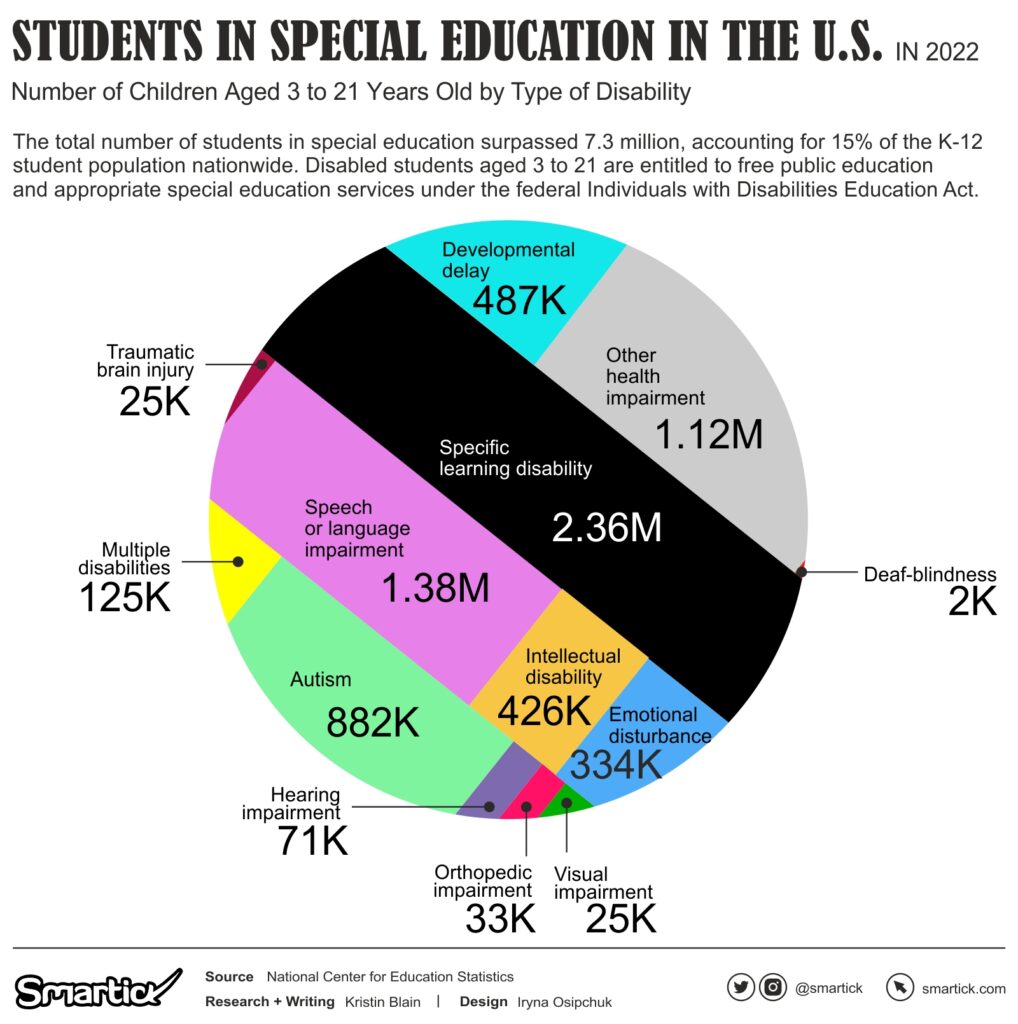
Seminar Calendar 2025: Top Accredited Training for Inclusion Points
Inclusive Physical Education: Games and Adaptations for Mixed-Ability Groups
Erasmus+ for Inclusion: How to Write a Winning Project Proposal for Your School
The Future of Inclusion: Trends to Watch
- Growing use of artificial intelligence to personalize learning experiences for diverse needs
- Expansion of micro-inclusion schools (small, flexible school settings designed for deep inclusion)
- Stronger implementation of universal design for curriculum, facilities, and technology
- Blending traditional and hybrid/remote learning models to increase accessibility
- More emphasis on inclusive leadership training to embed equity in school culture and policy
Policy and Funding Landscape
The push for stronger inclusion is supported by federal and state policies, including IDEA, the Every Student Succeeds Act (ESSA), and ongoing funding initiatives from the U.S. Department of Education. Grants specifically target professional development in inclusive practices and technology acquisition, offering schools critical resources to expand their capacity.
Policy updates in 2025 focus on expanding early intervention, increasing accessibility in physical infrastructure, and enhancing data transparency around inclusion outcomes. Keeping abreast of these policies via networks like the Inclusive Schools Network equips school leaders with tools to align with mandates and secure funding effectively.
T


